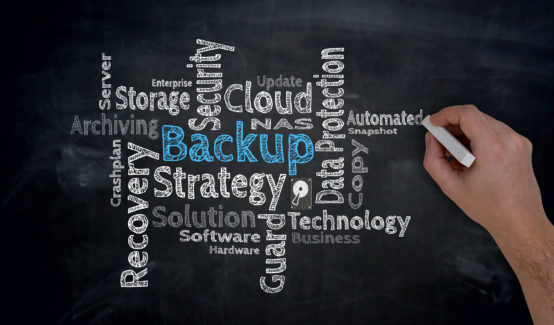May 23, 2023
The ever-evolving landscape of technology has paved the way for significant changes in the way businesses manage their IT infrastructure. With the rise of cloud computing and advancements in virtualization, the traditional on-premises IT infrastructure has come under scrutiny.
The Shift towards Cloud Computing
Cloud computing has revolutionized the IT industry, offering businesses unparalleled flexibility, scalability, and cost-effectiveness. The ability to store and access data and applications remotely through the cloud has transformed the way organizations operate. Cloud computing eliminates the need for physical servers, expensive maintenance, and dedicated IT staff. Additionally, it enables businesses to scale resources up or down based on demand, ensuring optimal performance and reducing unnecessary costs.
While the advantages of cloud computing are undeniable, on-premises IT infrastructure still holds value for certain organizations. Companies with strict data security requirements or those operating in highly regulated industries may prefer to keep their data in-house. On-premises infrastructure allows complete control over security protocols, ensuring sensitive information remains within the organization’s boundaries. Furthermore, organizations with stable workloads and predictable resource needs may find that on-premises infrastructure provides better cost efficiency in the long run.
The Hybrid Approach
Recognizing the benefits of both cloud computing and on-premises infrastructure, many businesses adopt a hybrid approach. This approach involves leveraging the cloud for non-sensitive data or applications while keeping critical and sensitive data on-premises. Hybrid infrastructures provide a balanced solution, allowing organizations to harness the flexibility and scalability of the cloud while maintaining control over sensitive information. This approach also caters to specific workloads that require low-latency or have strict compliance requirements.

Considerations for Migrating to the Cloud
When contemplating a transition from on-premises to cloud-based infrastructure, several factors must be considered. Firstly, assessing the organization’s specific needs, such as scalability requirements, security concerns, and budget constraints, is crucial. Conducting a thorough cost-benefit analysis will help determine the financial viability of migrating to the cloud. It is also essential to evaluate the compatibility of existing applications and systems with cloud platforms, as some legacy applications may require significant modifications or redevelopment.
The Future of IT Infrastructure
While the shift towards cloud computing is undeniable, it does not necessarily mean that on-premises infrastructure will become entirely obsolete. The choice between on-premises and cloud-based infrastructure ultimately depends on the unique needs and circumstances of each organization. Businesses must carefully consider their data security requirements, compliance regulations, workload predictability, and cost factors before deciding on the best approach. A managed service provider can help you through the crucial steps of developing your full cloud, on-premises, or hybrid architecture.
About Mindsight
Mindsight is industry recognized for delivering secure IT solutions and thought leadership that address your infrastructure and communications needs. Our engineers are expert level only – and they’re known as the most respected and valued engineering team based in Chicago, serving emerging to enterprise organizations around the globe. That’s why clients trust Mindsight as an extension of their IT team.
Visit us at http://www.gomindsight.com.
